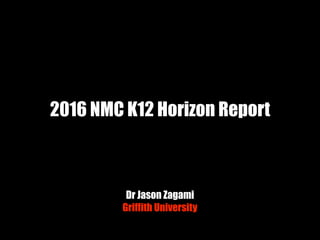Three key trends are discussed in the document:
1. Redesigning learning spaces to be more hands-on and support new models like flipped classrooms. Wireless bandwidth and large displays are being upgraded.
2. Rethinking how schools work by making them more flexible, project-based, and multidisciplinary to prepare students for the real world.
3. Increasing collaborative learning both in person and online to improve engagement and allow global collaboration between students and teachers.




































































